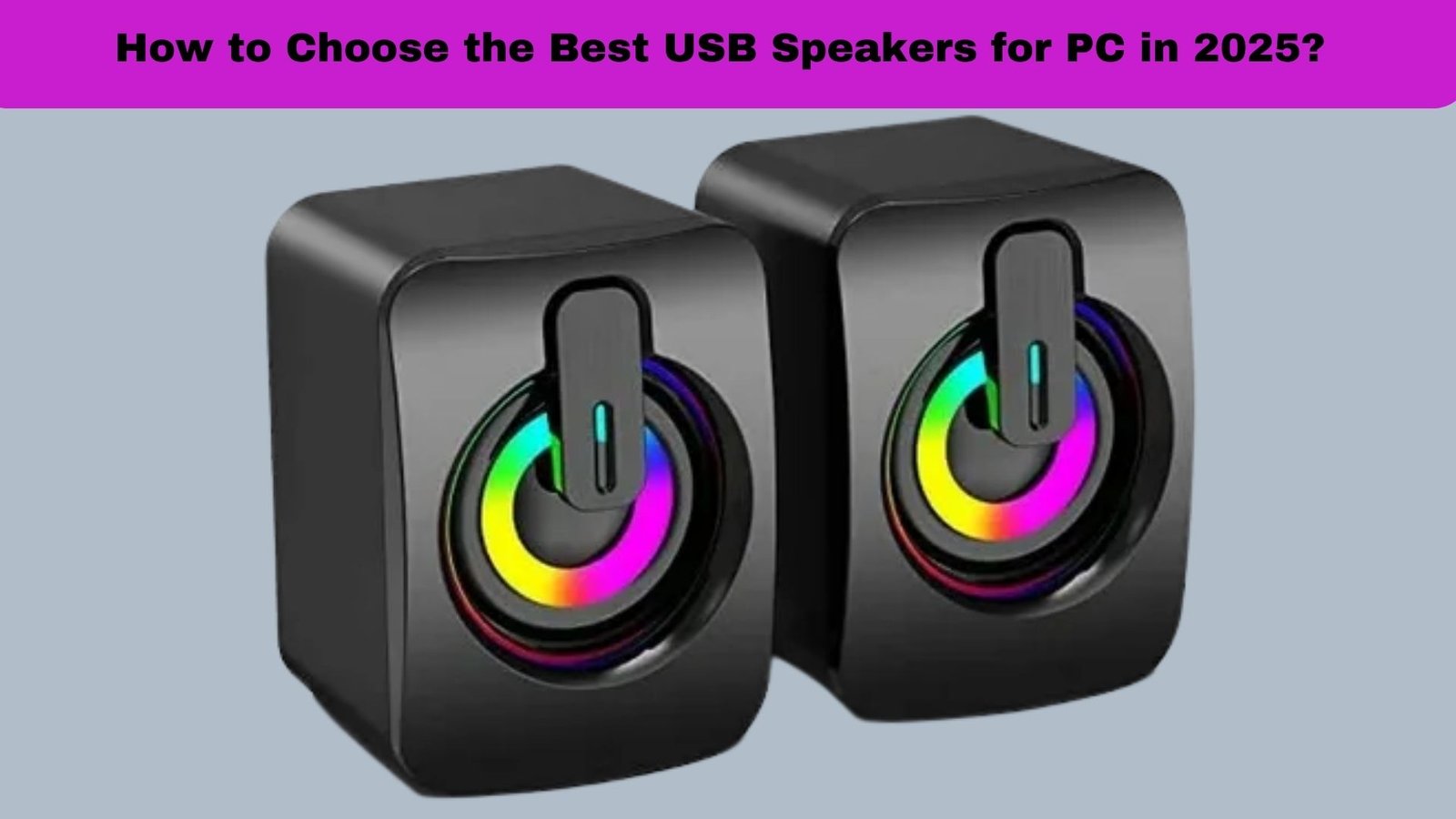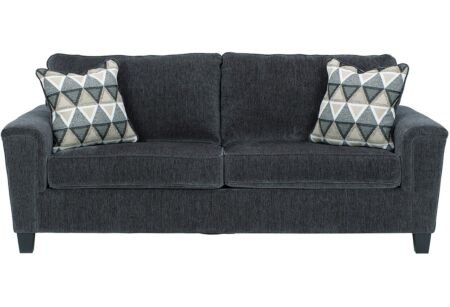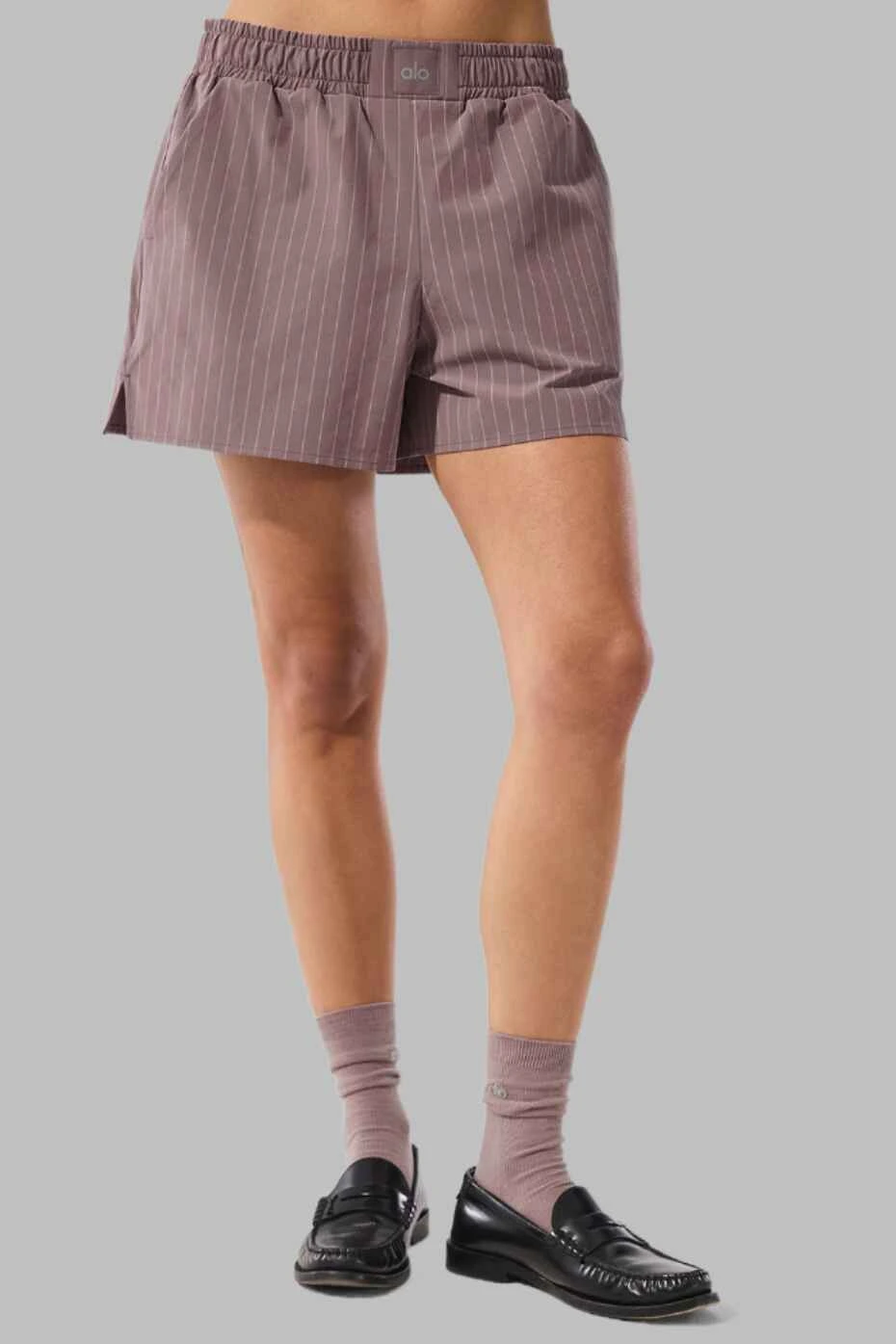Exercise equipment maintenance is a substantial investment, whether you’re working out at home or managing a commercial gym. Regular maintenance is essential to ensure your gear remains functional, safe, and durable. Not only does proper care extend the life of your machines, but it also helps prevent injuries, reduces repair costs, and keeps your workout routine uninterrupted.
In this article, we’ll walk you through the best practices for maintaining different types of exercise equipment. From treadmills to weights, we’ll cover it all.
Why Exercise Equipment Maintenance Matters
Before diving into the specifics of each piece of equipment, it’s important to understand why maintenance is so crucial.
- Safety First: Well-maintained equipment ensures that users can work out without the risk of malfunctions, which can cause accidents or injuries.
- Durability: Proper maintenance helps your equipment last longer, which means fewer repairs or replacements and greater long-term value.
- Performance: Regular care helps your equipment operate efficiently, keeping it at peak performance and delivering the results you expect from your workouts.
- Prevention of Major Failures: Small problems can often lead to major breakdowns if ignored. Regular maintenance catches these issues early before they become costly and inconvenient.
General Tips for All Equipment
Regardless of the specific type of exercise equipment, there are a few universal maintenance tips you should always follow:
- Keep It Clean: Sweat, dust, and dirt can build up over time, especially on machines like treadmills, ellipticals, and stationary bikes. Use a microfiber cloth and mild cleaning solution to wipe down all surfaces after each workout. For equipment with belts or moving parts, be sure to follow the manufacturer’s guidelines on cleaning.
- Check for Wear and Tear: Regularly inspect your equipment for signs of damage, such as frayed cables, worn-out grips, or loose bolts. If you notice any issues, address them immediately to prevent further damage or injury.
- Lubricate Moving Parts: Many pieces of equipment, especially treadmills and ellipticals, require periodic lubrication to prevent friction that could lead to malfunction. Check the user manual to see what kind of lubricant is recommended.
- Tighten Loose Parts: Over time, screws, bolts, and nuts may loosen due to vibrations and usage. Periodically check and tighten any components that might affect the performance of the machine.
- Store Equipment Properly: If you’re not using your equipment, store it in a dry, cool location away from moisture or extreme heat. This will prevent rusting, mold, and deterioration of electrical components.
Specific Maintenance for Different Types of Exercise Equipment
1. Treadmills
Treadmills are one of the most popular pieces of exercise equipment, but they also require a fair amount of attention to stay in good working order.
Key Maintenance Steps:
- Belt Alignment and Tension: The running belt needs to be aligned and properly tensioned to ensure smooth operation. If the belt is misaligned, it can cause wear and tear on both the belt and the motor. Consult the manual for specific tension guidelines.
- Lubrication: Lubricate the treadmill belt according to the manufacturer’s instructions. This reduces friction, prevents wear on the motor, and ensures a smooth running surface.
- Motor Cleaning: Dust can accumulate inside the motor compartment, potentially causing overheating. Use a vacuum with a hose attachment to remove debris around the motor area.
- Deck Cleaning: Clean the treadmill deck with a damp cloth to remove dust and debris. Over time, dust can collect and cause the motor to work harder, shortening its lifespan.
2. Stationary Bikes
Stationary bikes, including spin bikes, are generally low-maintenance but still need attention.
Key Maintenance Steps:
- Seat and Handlebar Tightness: Regularly check the seat and handlebars for any looseness. Tighten them securely to ensure safety.
- Resistance Adjustment: Ensure that the resistance mechanism is functioning correctly. If the bike has a manual resistance system, check the cables for wear.
- Check Pedals and Cranks: Pedals should be inspected regularly for damage or loose connections. If your bike has clip-in pedals, check the clips for wear.
- Lubricate the Chain: For bikes with a chain system, make sure to lubricate it periodically to prevent rust and ensure smooth pedaling.
3. Ellipticals
Ellipticals are low-impact cardio machines that provide a full-body workout, but they have many moving parts that require upkeep.
Key Maintenance Steps:
- Clean the Tracks: Wipe down the rails and moving parts regularly to remove dust and dirt. Dirt buildup can impede the motion of the pedals.
- Lubricate the Pedals: Lubricate the pedal mechanisms to avoid squeaking or jerky movement. This will also prevent excessive wear on the bearings.
- Check the Stride Length: If the stride length feels off or inconsistent, the elliptical may need a professional inspection or adjustment.
- Inspect the Electronics: Keep the control panel and electronics clean to ensure that buttons and displays remain responsive.
4. Strength Training Equipment (Dumbbells, Barbells, and Weight Machines)
Strength training equipment is generally more straightforward to maintain but still requires attention to avoid rust, wear, and safety hazards.
Key Maintenance Steps:
- Check for Rust: If you’re using free weights or metal machines, regularly check for any rust spots. Use a rust remover or sandpaper to smooth out any corrosion.
- Inspect Cables and Pulleys: For weight machines with cables and pulleys, check for fraying or wear. Replace any damaged cables immediately to avoid accidents.
- Tighten Nuts and Bolts: As with other equipment, inspect the bolts and nuts regularly, especially for machines with adjustable parts like leg press machines or lat pull-down machines.
- Clean Weights: Wipe down dumbbells, kettlebells, and barbells after each use to keep them clean and dry. This prevents the buildup of bacteria and grime, especially on rubber-coated weights.
5. Rowing Machines
Rowing machines are excellent for a full-body workout, but they too require regular maintenance for smooth operation.
Key Maintenance Steps:
- Lubricate the Rail: Keep the sliding rail clean and lubricated to ensure smooth motion. Wipe down the rail after each use to prevent sweat buildup.
- Check the Chain: Like a bicycle chain, the chain on a rowing machine needs to be lubricated regularly to prevent squeaking and wear.
- Inspect the Damper: If your rower has a damper, make sure it is functioning correctly and providing the right level of resistance.
Professional Maintenance vs. DIY
While many routine maintenance tasks can be handled at home, it’s also a good idea to have a professional service your equipment periodically, especially for complex machines like treadmills and ellipticals. A technician can perform in-depth inspections, lubricate internal components, and identify potential issues before they become serious problems.
Conclusion
Exercise equipment maintenance doesn’t have to be complicated or time-consuming. With regular cleaning, lubrication, and inspection, your equipment will provide you with years of reliable service. Not only will this improve your workout experience, but it’ll also help you avoid costly repairs and replacements.
Remember, a little maintenance goes a long way, so make it a habit to check on your gear frequently. By doing so, you’ll ensure that your exercise equipment stays in top shape, keeping you motivated and safe as you reach your fitness goals.












Leave a Reply